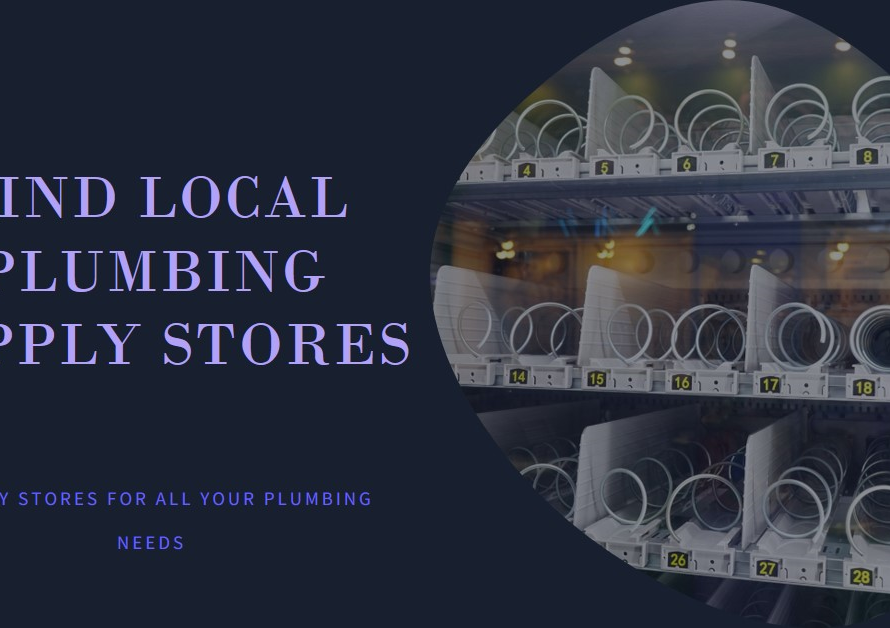
Table of Contents
1. Introduction: The Art and Science of Architectural Success
Embarking on the journey of architectural excellence requires a blend of creativity, technical prowess, and strategic planning. In this exploration of the workflow of a successful architect, we delve into the intricate steps and methodologies that lead to groundbreaking designs, innovative solutions, and client satisfaction. From initial ideation to final execution, every phase in an architect’s workflow is a testament to precision, vision, and collaborative expertise.
2. Ideation and Conceptualization: Nurturing Creative Sparks
The journey begins with ideation and conceptualization, where architects harness their creativity and vision to translate abstract ideas into tangible design concepts. Brainstorming sessions, sketching, mood boards, and conceptual models play pivotal roles in visualizing spatial relationships, aesthetics, functionality, and contextual relevance. Architects delve deep into understanding client requirements, site dynamics, cultural influences, and project objectives to lay a strong foundation for the design journey ahead.
3. Research and Analysis: Mining Insights for Informed Design
Informed design decisions stem from thorough research and analysis encompassing site studies, environmental assessments, zoning regulations, historical context, material explorations, and technological advancements. Architects leverage data-driven insights, case studies, precedents, and best practices to inform design strategies, optimize spatial layouts, integrate sustainable solutions, and address project challenges proactively. Collaborations with engineers, consultants, and stakeholders enrich the research phase, fostering multidisciplinary perspectives and holistic design approaches.
4. Concept Development: From Vision to Concrete Design Narratives
Building upon ideation and research, architects refine design concepts, develop narratives, and create design presentations that articulate their vision cohesively. Concept boards, 3D visualizations, digital renderings, and virtual reality simulations immerse clients and project teams into envisioned spaces, fostering meaningful dialogues, feedback exchanges, and design refinements. Clear communication, storytelling, and visual representation techniques bridge the gap between abstract ideas and concrete design proposals, aligning stakeholders’ expectations and project visions seamlessly.
5. Design Development: Detailing the Blueprint of Innovation
The design development phase translates conceptual ideas into detailed architectural drawings, technical specifications, material selections, structural considerations, and MEP (mechanical, electrical, plumbing) integrations. Architects collaborate closely with engineers, consultants, and contractors to refine design elements, resolve technical complexities, ensure regulatory compliance, and optimize construction methodologies. Iterative design reviews, value engineering exercises, and sustainability assessments further enrich the design development process, balancing aesthetics with functionality and performance metrics.
6. Visualization and Simulation: Immersive Experiences for Informed Decisions
Advancements in visualization technologies empower architects to create immersive experiences through 3D modeling, virtual reality (VR), augmented reality (AR), and real-time rendering techniques. Clients and stakeholders can virtually walk through spaces, experience lighting scenarios, evaluate material finishes, and assess spatial ergonomics, facilitating informed decisions and design validations. Visualization tools enhance design communication, reduce misunderstandings, accelerate approvals, and ensure design intent alignment throughout the project lifecycle.
7. Collaboration and Coordination: Orchestrating Design Synergies
Successful architectural projects thrive on effective collaboration, seamless coordination, and cohesive teamwork across disciplines and project phases. Architects act as orchestrators, bringing together diverse talents, expertise, and perspectives to achieve design excellence, project milestones, and client satisfaction. Regular meetings, design charrettes, BIM (Building Information Modeling) workflows, and collaborative platforms streamline communication, foster transparency, and mitigate risks, ensuring project success and stakeholder engagement.
8. Documentation and Specifications: Precision in Every Detail
The documentation phase involves creating comprehensive architectural drawings, construction documents, specifications, schedules, and cost estimates that serve as blueprints for realization. Architects meticulously detail building elements, finishes, structural systems, mechanical layouts, and sustainability features, adhering to industry standards, codes, and regulations. Accuracy, clarity, and precision in documentation reduce construction errors, streamline procurement processes, and facilitate smooth project execution within defined budgets and timelines.
9. Construction Administration: Navigating from Blueprint to Built Reality
Architects play pivotal roles during the construction phase, providing construction administration services, site visits, quality control inspections, contractor coordination, and project management oversight. They act as client advocates, ensuring design intent realization, material quality compliance, safety standards adherence, and project delivery milestones. Effective communication channels, progress reporting, change management protocols, and issue resolution frameworks uphold project integrity, minimize risks, and foster collaborative relationships within project teams.
10. Post-Occupancy Evaluation: Feedback Loop for Continuous Improvement


The architectural journey culminates in post-occupancy evaluations (POE), where architects gather feedback, evaluate design performance, occupant satisfaction levels, energy usage data, and operational efficiencies post-construction. POE insights inform future design iterations, maintenance strategies, sustainability enhancements, and user experience optimizations, fostering a continuous improvement cycle and long-term client relationships based on trust, transparency, and design excellence.
Conclusion: The Ever-Evolving Quest for Architectural Brilliance
In conclusion, the workflow of a successful architect encompasses a strategic blend of creativity, research, collaboration, innovation, and meticulous execution across project phases. By embracing technological advancements, sustainable practices, interdisciplinary collaborations, and client-centric approaches, architects navigate complexities, inspire innovation, and shape built environments that resonate with user needs, societal aspirations, and environmental stewardship. The pursuit of architectural brilliance is an ever-evolving quest, driven by passion, expertise, and a relentless commitment to shaping a better, more beautiful world through design.


